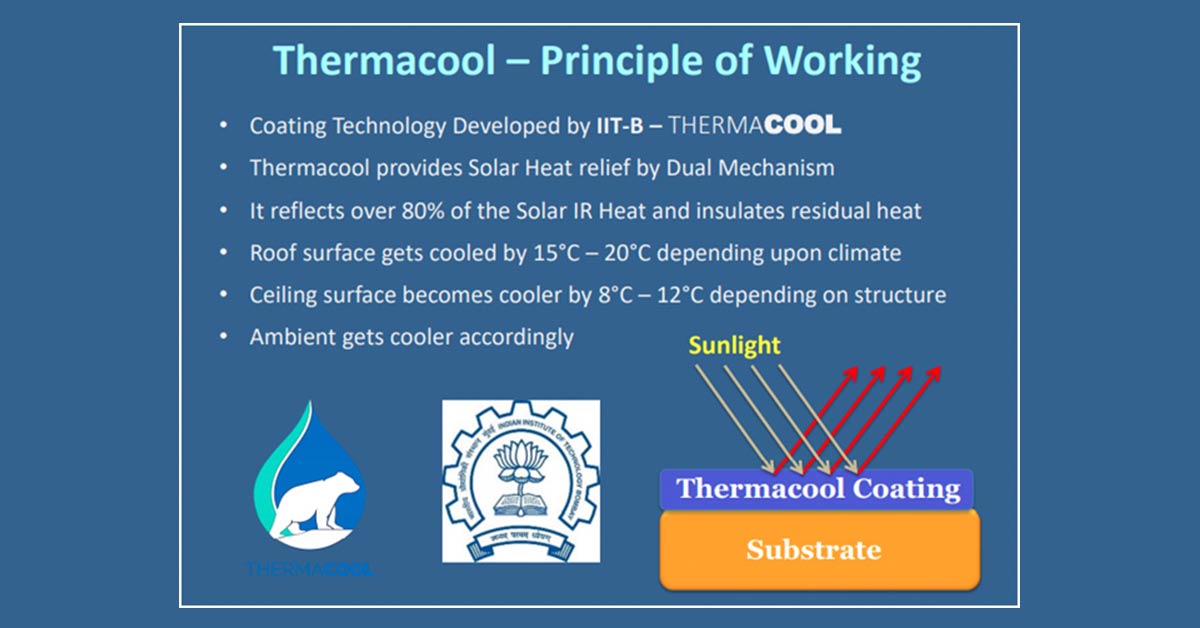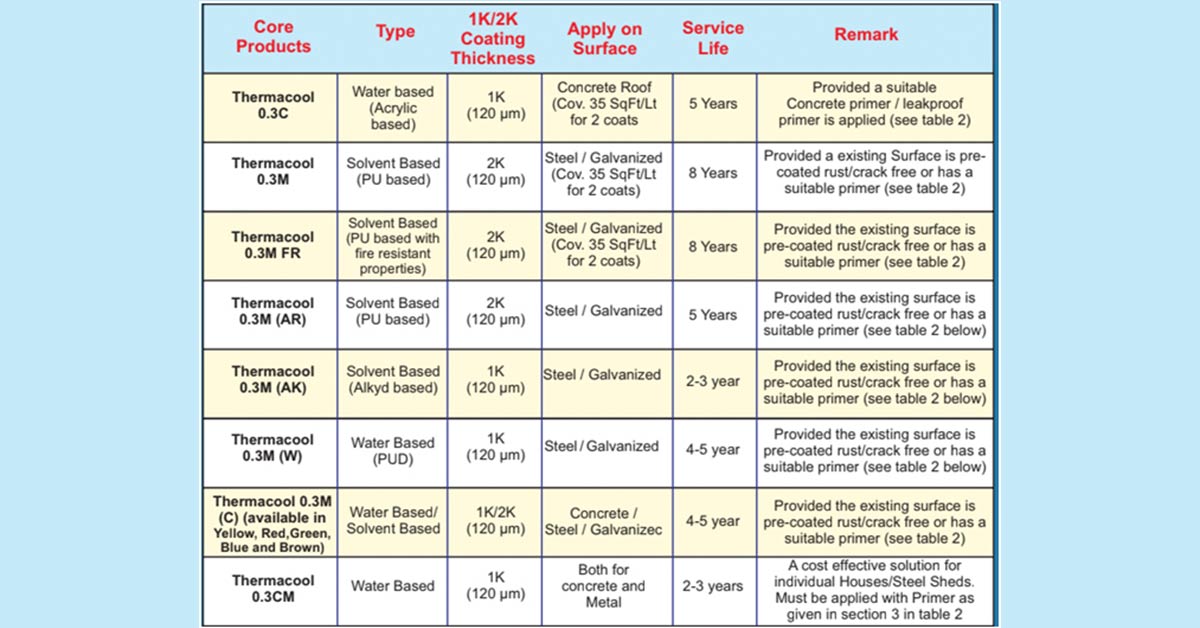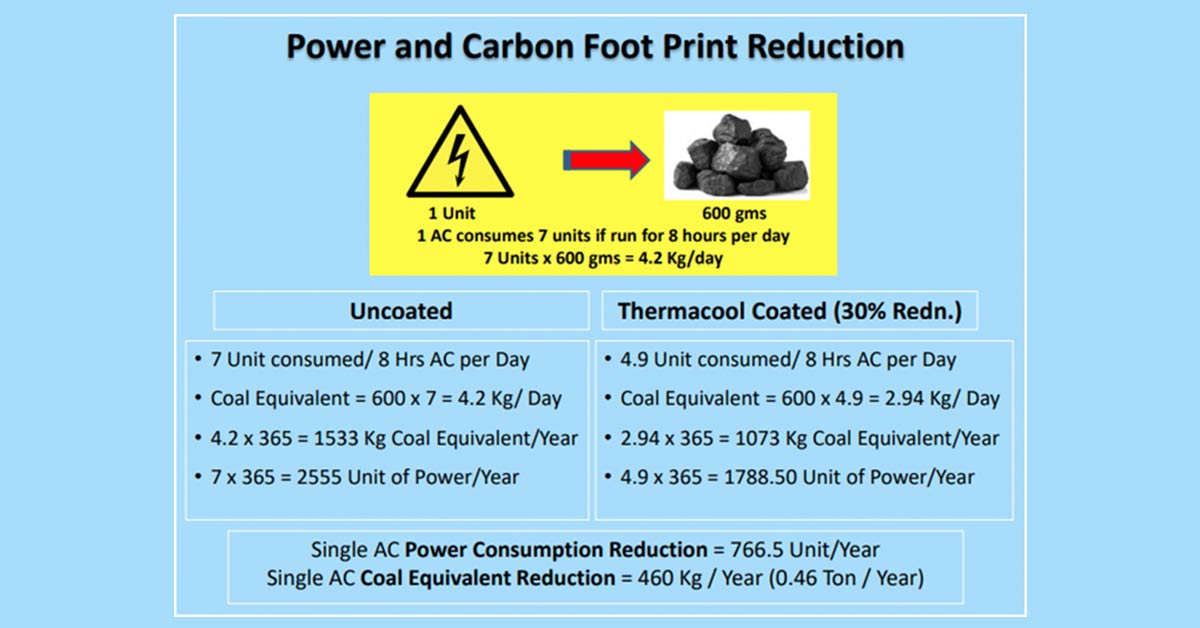These roofs can reduce the consumption of electricity in elite class houses, large air-conditioned offices and provide comfort to people living in non-AC houses, says Prof. AS Khanna, Chairman, SSPC India.
What makes energy-efficient roofs can be the most viable solution for Indian climatic conditions?
India is dominated by hot climate conditions, with southern states having summer throughout the year while many northern states having long summer with peak temperature crossing 45o C. Thus, summer months are uncomfortable for poor people, who cannot afford air conditioners and coolers while for the elite class and middle-class families, the high monthly electricity bill is a great problem. The same is the problem with large air-conditioned (AC) offices which consume a lot of electricity for running the ACs with huge monthly bills. Energy-efficient roofs are the need of the hour which can reduce the consumption of electricity in elite class houses, large air-conditioned offices and provide comfort to people living in non-AC houses. Huge electricity consumption has a direct relation to worsening of the environment due to huge consumption of coal/oil, with the assumption that in India more than 75 per cent of power is a fossil-fuel generated power. Large carbon footprints result in helping in pushing the global warming temperature to a higher side.
What kind of roofs offers a high degree of solar reflectance?
There are various kinds of roofs. In residential buildings, we generally have concrete roofs, which are heated very fast and reach to a temperature of 65o C at a peak ambient temperature of 45o C, a very common conditions seen in the months of May-June every year, especially in northern cities. Such a high temperature on a rooftop can bring down the temperature of the ceiling in the roof-top house to just about 55o C. Under these conditions, normal fans give hot air. The use of ACs and coolers appear to be unavoidable. If an AC is put in such houses, it has to work to bring down the temperature from 55o C to about 25o C, to achieve comfortable living. And this consumes a lot of electricity and also strains the AC compressor.
There can be many ways to reduce the heat in the room by modifying the roof:
• Cooling the roof by spraying water which is not a viable method due to scarcity of water and is not a permanent solution.
• Putting wet empty gunny bags wet with water – again a temporary solution.
• Using an insulation paint coating – a technique being used for several years but not very effective.
• White colour paint with and without insulation fillers. Slightly better than pure insulation. Under these conditions, heat reflection is from UV radiation. However, the main heat on the roof comes from near Infrared radiation which is about 52 per cent of solar radiations. Unless the paint is made which focus IR radiations, you cannot create an effective heat reflecting solar radiation.
• Thermogreen Cool Coat Pvt Ltd has developed a Solar Heat Reflective Coating with SRI of 102 using a very simple formulation of the common architectural coating. It has ingredients, which insulate the heat from the sun and simultaneously absorbs all the heat from solar radiation and immediately reflects about 89 per cent of that. Using such a coating on the concrete roof, it is possible to drop the temperature of the roof by 20-24o C in a peak temperature condition of 45o C and bring down ceiling temperature to 37o C. Such a drop in temperature now uses 35 per cent lesser electricity, saves seven units of electricity and lowers carbon footprints thereby reducing global warming. 
In the same way, this coating has been found equally effective on steel roofs used in warehouses, railway coaches, transport buses, industrial sheds etc.
Can coatings and paints improve the solar reflectance of a roof? What kind of coatings and paints are required?
As discussed earlier, the application of suitable coatings on a roof can reduce the roof temperature resulting in the lower temperature of the ceiling in the room and hence reducing electricity consumption. Thermogreen Cool Coat Pvt Ltd has created several coatings as given in the following table with various properties and durability. The company has a patented technology from the IIT Bombay and has carried out several proofs of concepts in different applications to validate the use of such coatings to cool the rooftop houses.
Table 1 gives various Solar Heat Reflective Cool Roof Coatings manufactured by Thermogreen Cool Coat Pvt Ltd

How can roofs mitigate the sultry Indian summer heat in places where there is no air-conditioning available?
There is a big market for this application. We have thousands of primary and corporation schools, hospitals with concrete roofing and several industries under steel roofs. The three months, from April to June are very difficult for these people. Hence it is necessary to ensure measures are taken to control the temperature. At Bachpan School in Nagpur, Solar Heat reflective coating (0.3C) was applied to the roof of a school and subsequently a temperature drop of about 9o C in the room was achieved. This created a comfort zone for the kids studying. Likewise, Thermacool Solar Heat reflecting coating 0.3M grade was applied on an industrial steel roof shed in Vijayawada and a temperature drop of about 8o C was achieved.
What kind of roofs are apt for residential and commercial spaces as also warehouses etc. to maintain a steady temperature?
There are Solar Heat Reflective coatings for any kind of roofs. Table 1 gives this list. The category can be explained as follows:
• For concrete Roofs – 0.3C – A waterborne, eco-friendly coating with five years of guaranty. Easy to apply. On a new concrete surface, it can be applied after cleaning the roof followed by a coat of concrete primer and 100-micron 0.3C coating.
• For steel surfaces – 0.3M – A PU based coating. It can be applied on a cleaned coated roof after removing dust and grease. In case the existing roof coating is damaged and it has pores/ cracks/delamination, it is made sound first by application of a surface tolerant primer STP followed by a 100 micron of 0.3M.
• For steel surfaces – 0.3M FR – A modified fire-retardant Solar heat reflecting coating is made for those structures where fire safety is a prime requirement. This can be used in several applications such as oil and gas installations, railways, cold storage etc.
• Water Proofing and Cool Roof Coating Combo: This is a very special application where we give combo of waterproofing the roof as well as make it solar heat reflecting. This is required for many old residential buildings with leaking roofs. So in one go, we repair the roof using as a very robust waterproofing primer followed by application of 0.3C.
The figure below explains the electricity savings and advantage in reducing global warming temperature as a result of a huge reduction in carbon footprints.

Cookie Consent
We use cookies to personalize your experience. By continuing to visit this website you agree to our Terms & Conditions, Privacy Policy and Cookie Policy.
















